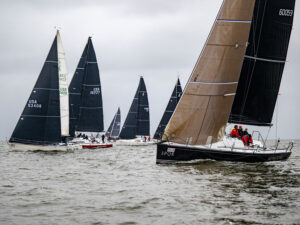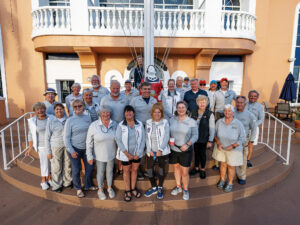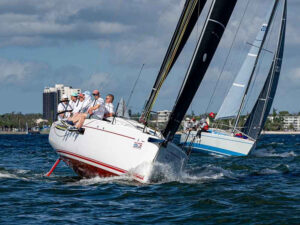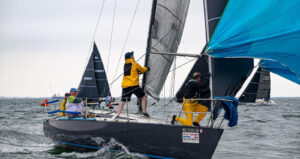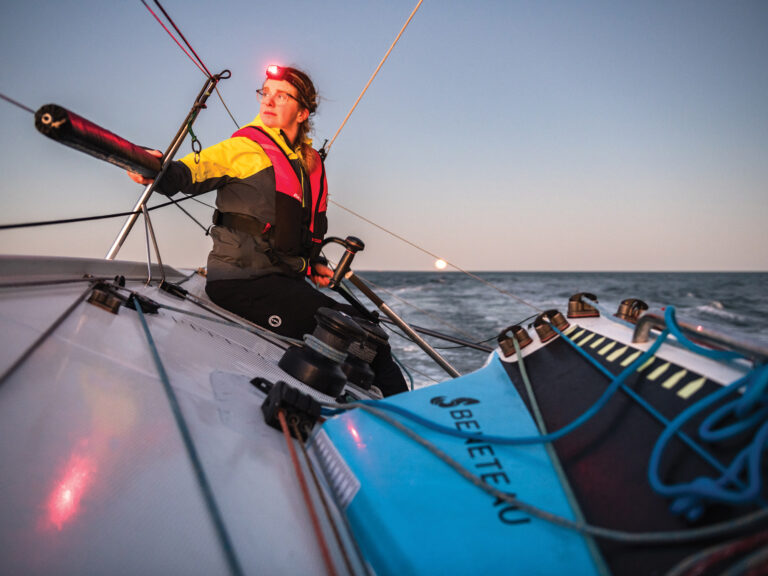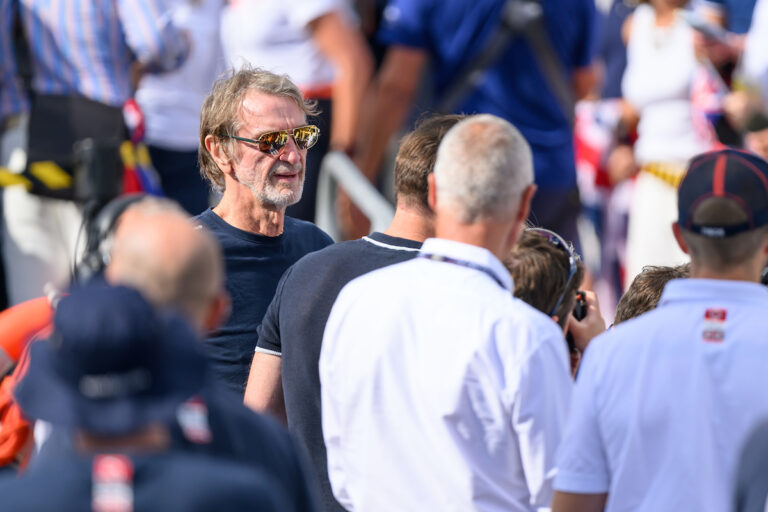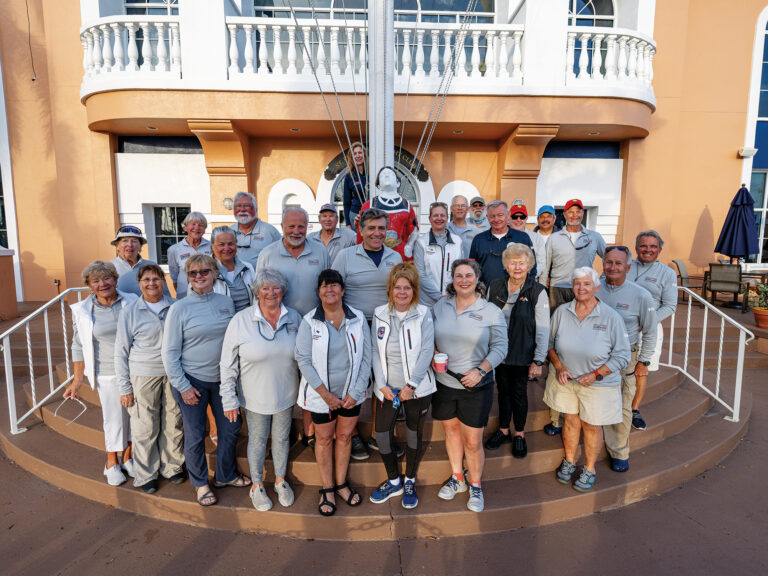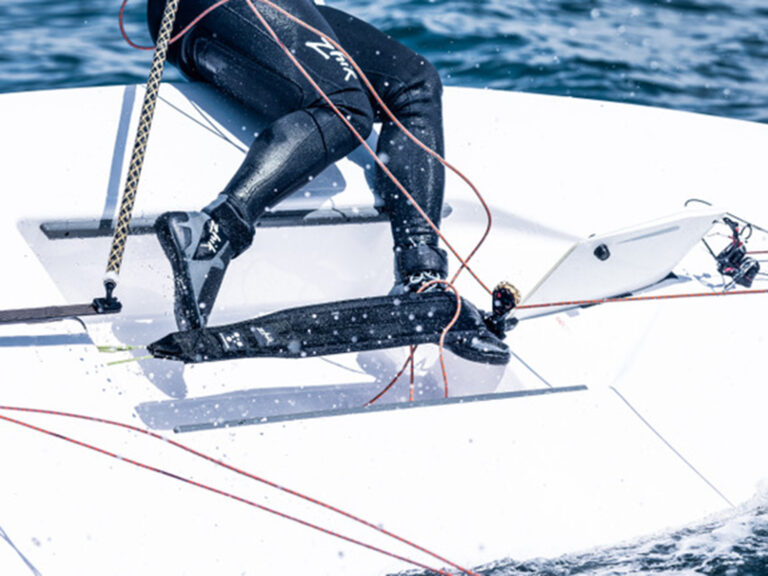
St. Pete Wind Info
The typical late February Tampa Bay pattern is largely controlled by the passage of cold fronts sweeping in from the northwest. These fronts introduce veering and unstable north-northwest flow, followed by north then eventually northeasterly flow characterized by gusty and shifty conditions in near-shore zones. Larger scale, and longer period oscillations in speed and direction typically are seen further away from the shore. February post-cold frontal blasts from WNW, NW or NNW are some of the strongest directions and certainly generate the gustiest conditions. The days following a cold frontal passage usually see synoptic directions veering to N and NE, with the strength of the gradient flow moderating markedly. As high pressure builds from the NW, less synoptic forcing allows sea breezes to become a more dominant feature along the coast. The geography of the region often results in the sea breeze front becoming stationary over St. Petersburg causing extended periods of mostly calm conditions that can last well into the afternoon. Cumulus clouds observed to the west, and clearer conditions advancing from the east are a sign that the sea breeze is beginning to propagate inland. The initial sea breeze may onset from the SW into the mouth of Tampa Bay from the Gulf long before a more westerly sea breeze makes it across St. Petersburg and into the bay. The initial onset therefore may often see stronger SW pulses before veering to a lighter and more fluky westerly.Knowing what forces are driving these winds is of great importance to gaining the edge on your competition. Sailflow.com provides real-time sensors as well as forecast products complimentary through the race period at www.sailflow.com/stpete. In cooperation with North Sails, Sailing Weather Service is offering free precision race forecasts for this event. Sign up here.A good way to prepare for the races is to look exactly at what happened last year. At right are several images from sensors located around the area from the days of last year’s races. Sailflow’s sensor at Pass-a-Grille shows wide variability in the conditions while NDBC site on St. Pete Pier shows quite weak conditions close inside the bay. Note: we are a little suspect of the true readings of the Pier sensor as it may be blocked.

